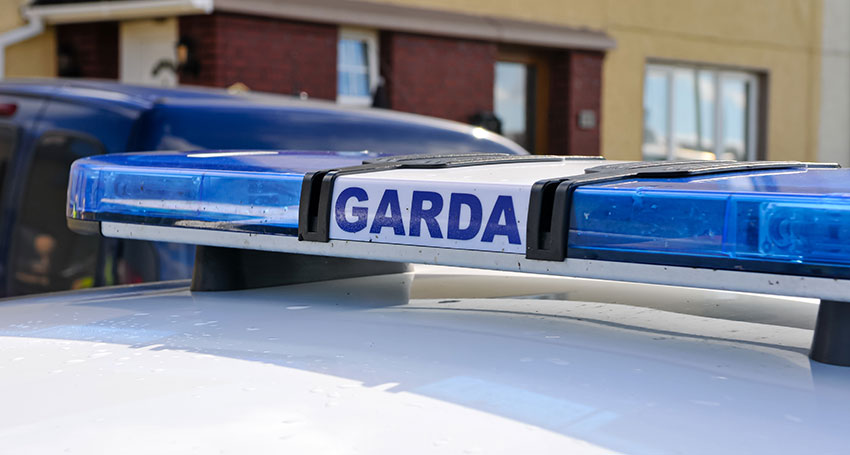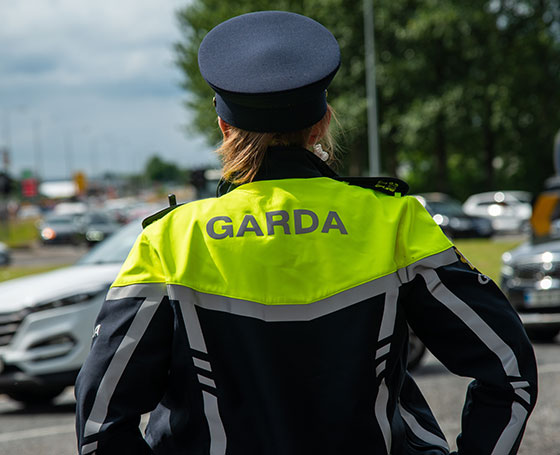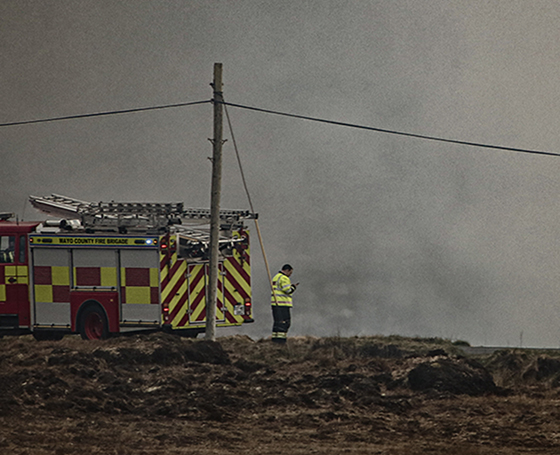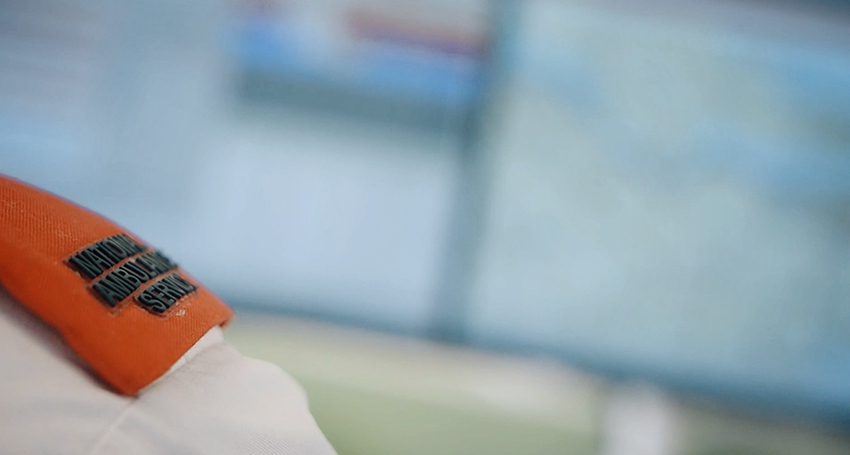BACKGROUND
Before migrating to the National Digital Radio Service, An Garda Síochána communicated over an old analogue radio network that did not offer a sufficient standard of service or voice quality. Other problems included lack of security, meaning unlawful eavesdropping was an ongoing issue that impeded investigations. The analogue service featured notoriously unreliable coverage and lacked resilience resulting in a lack of confidence from users in many rural areas. It was decided that a more resilient and dependable communications solution was required to meet the needs of the organisation.
![]()
14,000
Gardaí Integrated
![]()
2,500
Garda Vehicles Kitted
![]()
700
Stations Integrated

Migrating to TETRA
Preparation for the move to the new National Digital Radio Service began in early 2007. An Garda Síochána identified twelve phases to achieve national rollout over 24 months. These phases moved from early stage budgeting and migration planning, to group call design (fleet-mapping), logistic services and site readiness. The final stage involved service and terminal testing, hand-portable procurement, distribution, installation, end-user training and set up of the Garda Service Management Centre. When completed, the final rollout of the organisation would integrate 14,000 Garda Officers, 2,500 vehicles and 700 Garda stations nationwide.
Following a full ‘go-live’ readiness programme completed over just 3 months, An Garda Síochána’s transition to the NDRS was on schedule. During the migration, no major issues were reported. Following DMR, further rollout progressed to the five nationwide regions. Full rollout was achieved in early 2011.
Security
Garda officers can call for assistance with the touch of an emergency button on every encrypted TETRA device. When supporting large scale events, they are assured the network has more than enough capacity and they also have the ability to inter-operate with partnering agencies when required.
Testing
An intensive and exhaustive evaluation of the network was carried out by the Garda Telecoms Migration Team, test vehicles, fitted with Tetra mobile terminals carried out extensive drive testing, and overlapping mobile coverage was tested by turning off a number of server sites and monitoring the mobile coverage from neighbouring sites.
Training
The first phase of migration involved the Garda Trainers, Support Users, Help Desk and Service Management Centre. TETRA Ireland worked together with Garda trainers to devise an intensive ‘Train the Trainer’ and End User programme which then allowed An Garda Síochána to conduct all user training when and where it was required.
THE RESULT
Officers can now communicate on their local divisional talk groups or in larger special-event talk-groups without unauthorised eavesdropping or poor coverage.




